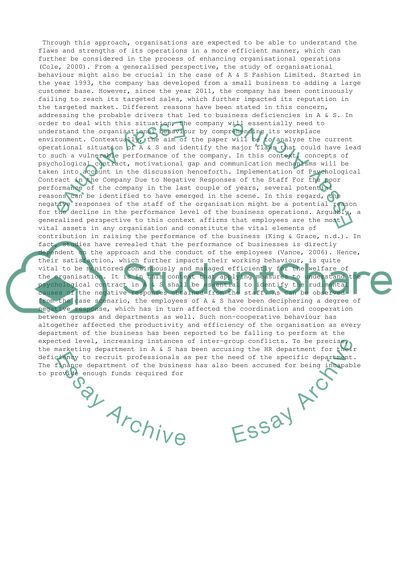Cite this document
(“Organisational behaviour assignment based on case study Essay”, n.d.)
Organisational behaviour assignment based on case study Essay. Retrieved from https://studentshare.org/business/1492817-organisational-behaviour-assignment-based-on-case
Organisational behaviour assignment based on case study Essay. Retrieved from https://studentshare.org/business/1492817-organisational-behaviour-assignment-based-on-case
(Organisational Behaviour Assignment Based on Case Study Essay)
Organisational Behaviour Assignment Based on Case Study Essay. https://studentshare.org/business/1492817-organisational-behaviour-assignment-based-on-case.
Organisational Behaviour Assignment Based on Case Study Essay. https://studentshare.org/business/1492817-organisational-behaviour-assignment-based-on-case.
“Organisational Behaviour Assignment Based on Case Study Essay”, n.d. https://studentshare.org/business/1492817-organisational-behaviour-assignment-based-on-case.


